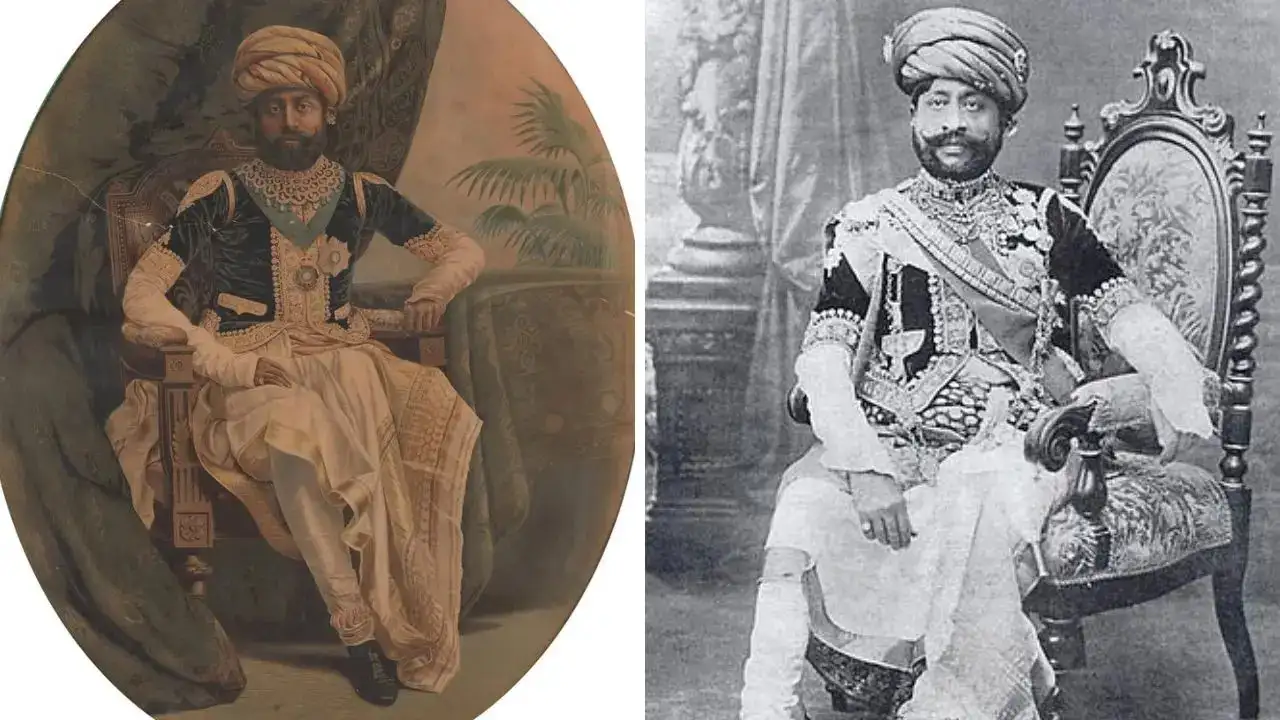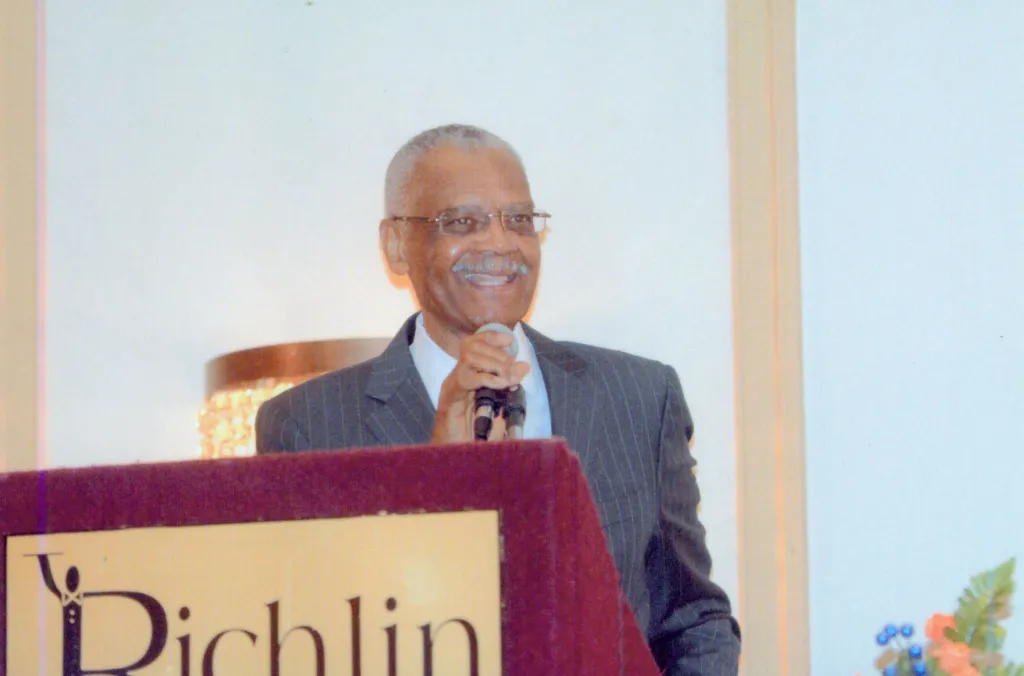By Namya Sinha
Copyright timesnownews

Before India’s independence, the land was home to nearly 565 princely states. Among them was Morvi, also known as Morbi, often described as the “Paris of Saurashtra.” Ruled by the Jadeja Rajputs, it was recognised during British colonial times as an eleven-gun salute state. One of Morvi’s most remarkable rulers was Maharaja Thakore Sahib Sir Waghji II Rawaji (1858–1922). He came to the throne in 1870 at just twelve years of age, following the death of his father, Rawaji II Prithvirajji. Still a minor, Waghji was sent to Rajkumar College in Rajkot to complete his education, and it was only in 1879 that he officially assumed power as ruler. From the very beginning, Waghji showed himself to be a visionary. He modernised his state with energy and imagination. He introduced the first telephone lines, set up a system of district tramways, built roads, schools and reservoirs, and improved the city with bridges, public buildings and civic amenities. He also banned the dominance of moneylenders, replacing them with state-backed loans, and turned his attention to ports, developing Vavania so that it could welcome ocean-going vessels and constructing a modern industrial port at Naulakha. Both became engines of trade, strengthening Morvi’s textile and salt industries. He even brought electric power to Kathiawar, and was the first ruler in the region to do so. One of his proudest achievements was the railway. In 1886 construction began on the Morvi–Wankaner narrow-gauge line, and by 1890 it was open to traffic between Wadhwan and Wankaner. Waghji’s aim was always clear: to make life easier for his people. This same spirit drove him to build the extraordinary swinging bridge, or jhulto pul, across the Machchhu river, linking Darbargadh Palace with Nazarbag Palace. At the time it was considered a marvel of engineering, built in the European style and admired for its ingenuity. Sadly, more than a century later, in 2022, the bridge collapsed in a terrible accident that claimed many lives. Waghji’s fame extended beyond Morvi. In recognition of his service, Queen Victoria conferred upon him the title of Knight Commander of the Order of the Indian Empire, an honour he received 125 years ago. He also left behind moments of splendour that live on in memory. As stated by the Instagram handle of Royal Archives, in June 1887, during the Golden Jubilee of Queen Victoria, Sir Waghji rode up to Windsor Castle on a grey Arab horse brought all the way from the banks of the Machchhu. The horse was dressed in a coat of mail, with heavy ornamented tassels and an amulet tied to one leg. At the castle gates, Waghji presented this magnificent horse to the Queen herself, who came forward to meet him.



